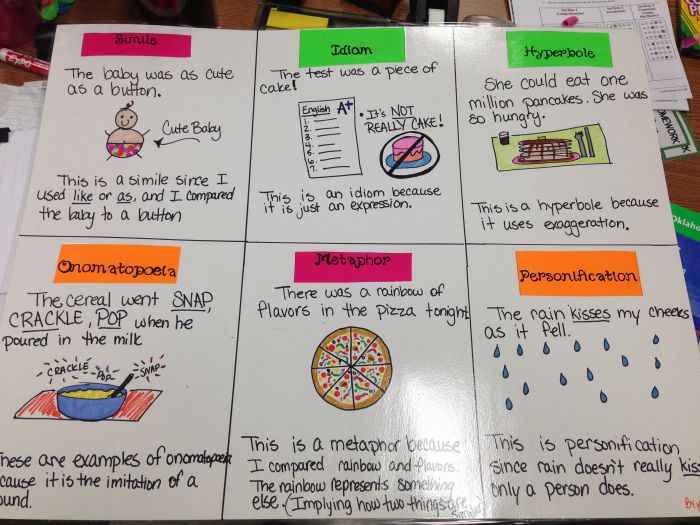Figurative language in Esperanza Rising takes center stage, beckoning readers into a world meticulously crafted with linguistic artistry. This profound exploration delves into the novel’s rich tapestry of metaphors, similes, and other literary devices, revealing their significance in shaping characterization, theme, setting, and symbolism.
Through the lens of figurative language, Esperanza Rising emerges as a poignant tale where words dance and images ignite, illuminating the characters’ inner struggles, the novel’s central themes, and the evocative power of language itself.
Figurative Language in “Esperanza Rising”

Pam Muñoz Ryan’s novel “Esperanza Rising” is a powerful story of a young Mexican girl’s journey to find a new home in the United States during the Great Depression. The novel is rich in figurative language, which helps to create a vivid and immersive experience for the reader.
Types of Figurative Language
Ryan uses a variety of figurative language techniques in “Esperanza Rising,” including:
- Similes:Comparisons using “like” or “as.” Example: “Her eyes were as dark as night.”
- Metaphors:Comparisons that do not use “like” or “as.” Example: “Her laughter was a song that filled the air.”
- Personification:Giving human qualities to non-human things. Example: “The wind whispered secrets to the trees.”
- Hyperbole:Exaggerations for effect. Example: “I was so hungry, I could have eaten a horse.”
Figurative Language and Characterization
Ryan uses figurative language to develop and reveal her characters. For example, the simile “Her eyes were as dark as night” suggests that Esperanza is mysterious and perhaps even dangerous. The metaphor “Her laughter was a song that filled the air” reveals that Esperanza is a joyful and spirited person.
Figurative Language and Theme, Figurative language in esperanza rising
Figurative language also contributes to the development of the novel’s themes. For example, the simile “Life was like a river” suggests that life is constantly changing and unpredictable. The metaphor “The camp was a prison” reveals that the migrant workers are trapped and oppressed.
Figurative Language and Setting
Ryan uses figurative language to create a vivid and immersive sense of place and atmosphere. For example, the description of the migrant camp as a “prison” suggests that it is a place of confinement and despair. The simile “The sun beat down on us like a hammer” conveys the harsh and unforgiving nature of the California sun.
Figurative Language and Symbolism
Ryan also uses figurative language to create and convey symbols in the novel. For example, the image of the Virgin of Guadalupe is a symbol of hope and protection for Esperanza. The metaphor “The river is a symbol of life” suggests that the river is a source of both life and danger.
Popular Questions: Figurative Language In Esperanza Rising
What is the significance of figurative language in Esperanza Rising?
Figurative language in Esperanza Rising serves multiple purposes, including enhancing characterization, developing themes, creating a vivid setting, and conveying deeper meanings through symbolism.
How does figurative language contribute to characterization in the novel?
Figurative language provides insights into characters’ personalities, motivations, and relationships. For example, Esperanza’s resilience is portrayed through metaphors of a “cactus flower” and a “warrior.”
What role does figurative language play in developing the novel’s themes?
Figurative language supports and illustrates the novel’s central themes, such as the power of hope, the importance of family, and the challenges of immigration. For instance, the use of imagery related to nature reflects the characters’ connection to the land and their search for a sense of belonging.